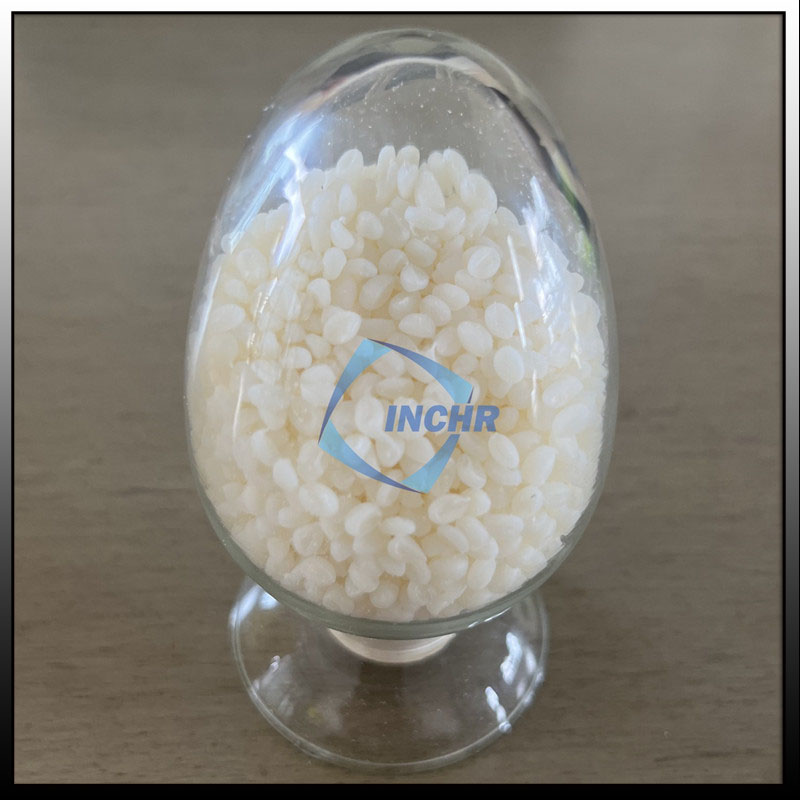Static electricity – that annoying zap or cling – is more than just a nuisance in the world of plastics. It can cause serious headaches during manufacturing, compromise product quality, attract damaging dust and dirt, and even pose safety risks in sensitive environments like electronics manufacturing or areas with flammable dust (ATEX zones). This is where Antistatic Masterbatch steps in as a highly effective and efficient solution.

What Exactly is Antistatic Masterbatch? Product Catalog
Think of masterbatch as a concentrated cocktail of additives pre-mixed into a carrier resin. An Antistatic Masterbatch specifically contains a high loading of antistatic agents. These agents are either:
Migratory (Hydrophilic/Surfactant Type): These molecules slowly migrate to the plastic’s surface over time. Once there, they attract moisture from the air, creating a thin, conductive layer that dissipates static charges. Common examples include ethoxylated amines, glycerol esters, or quaternary ammonium compounds.
Permanent (Conductive Fillers): These incorporate inherently conductive materials like carbon black, carbon nanotubes (CNT), or specialized conductive polymers directly into the plastic matrix. They create a permanent conductive network throughout the part, offering very low and stable surface resistivity.
The masterbatch form allows these agents to be easily and uniformly dispersed into the base plastic (like PP, PE, PS, ABS, PET, etc.) during standard processing like injection molding, blow molding, or extrusion.
Why Use Antistatic Masterbatch? Solving the Static Problem
Static charges build up on plastics primarily through friction (tribocharging) during processing, handling, or use. Here’s how antistatic masterbatch combats this:
Dissipates Charges: Provides a path for static electricity to flow away harmlessly, preventing charge accumulation.
Reduces Dust Attraction: Eliminates the static “cling” that pulls dust and contaminants onto plastic surfaces, crucial for packaging, automotive interiors, electronics housings, and medical devices.
Improves Processing: Prevents plastic parts from sticking to molds or each other, reduces sheet jamming, and stops film layers from clinging, leading to smoother production runs and higher yields.
Enhances Safety: Mitigates the risk of sparks from electrostatic discharge (ESD), which is vital in electronics assembly (protecting sensitive components) and potentially explosive atmospheres (preventing ignition).
Improves Printability & Coating Adhesion: A static-free surface ensures inks, paints, and adhesives adhere correctly without defects.
Protects Sensitive Contents: Essential for packaging electronic components, explosives, or pharmaceuticals where static discharge could damage the contents.
Key Benefits Over Alternatives
Ease of Use: Simply add the required percentage (typically 1-5%) to the virgin polymer during processing. No extra equipment or secondary processes needed.
Cost-Effectiveness: Highly efficient use of often expensive additives. Precise dosing minimizes waste.
Cleanliness: Compared to topical sprays or coatings, masterbatch is cleaner, doesn’t rub off, and offers long-lasting performance (especially important for migratory types where the effect builds over days/weeks).
Versatility: Available for a wide range of polymers and processing methods. Formulations can be tailored for specific performance needs (e.g., food contact compliance, high transparency, permanent conductivity).
Applications: Where Static Control is Critical
Antistatic masterbatch finds use wherever static causes problems:
Packaging: Bags, films, trays, containers (especially for electronics, powders, medical devices, food).
Automotive: Interior trim, dashboards, fuel system components, under-the-hood parts.
Electronics: Housings for computers, printers, phones; trays for component handling; ESD-safe bins and totes.
Material Handling: Conveyor belts, hoppers, containers, pallets.
Consumer Goods: Appliances, furniture, toys, housewares.
Industrial: Pipes, sheets, profiles, FIBC (Big Bags).
Medical: Device housings, packaging, labware.
Choosing the Right Antistatic Masterbatch
Consider these factors:
Required Performance Level: Do you need static decay in seconds/minutes (migratory) or very low, permanent surface resistivity (conductive fillers)?
Polymer Type: Ensure compatibility with your base resin (PP, PE, PS, etc.).
Processing Conditions: Must withstand your specific melt temperatures and shear rates.
End-Use Requirements: Food contact approval (e.g., FDA, EU)? Transparency needed? Color constraints? Chemical resistance? Regulatory compliance (e.g., REACH, RoHS)?
Cost Target: Migratory types are generally less expensive than permanent conductive solutions.
Implementing Antistatic Masterbatch
Dosage is critical. Follow the supplier’s recommendation based on your polymer, process, and desired surface resistivity (often measured per standards like ESD STM11.11 or DIN EN 61340-5-1). Under-dosing won’t be effective; over-dosing can cause processing issues or affect physical properties. Good dispersion during compounding or processing is essential.
Conclusion
Antistatic Masterbatch is an indispensable tool for modern plastics manufacturing. By effectively integrating static control directly into the material, it solves a multitude of production, quality, and safety challenges. Whether you need to prevent dust on packaging, ensure smooth film handling, protect sensitive electronics, or enhance safety in hazardous areas, there’s an antistatic masterbatch solution engineered to meet the demand. Choosing the right type and dosage in collaboration with your supplier is key to unlocking its full potential and ensuring static-free success for your plastic products.




